This article is for informational purposes only and not a substitute for professional medical advice. Always consult your healthcare provider for personalized guidance.
SENIORS: This Sleeping Position Raises Your Stroke Risk
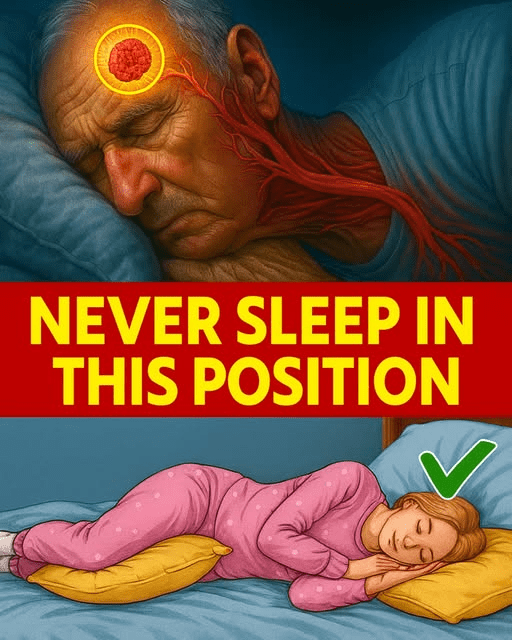
Have you ever woken up feeling stiff, dizzy, or more tired than when you went to bed? Most seniors assume it’s just part of aging, but research suggests your sleeping position could play a hidden role in your health. Yes—how you position your head, neck, and body overnight may influence circulation, breathing, and even your risk of stroke.
It sounds surprising, doesn’t it? Sleep is supposed to be restorative, yet the very posture you adopt for hours every night might carry consequences you never considered. Some positions compress blood vessels, strain the spine, or restrict oxygen flow. Others may improve circulation and reduce risks. The difference can be life-changing.
So, which position is secretly working against you? And more importantly, what can you do to make bedtime safer and more supportive for your health?
Why Sleep Position Matters More Than You Think
Most people focus on sleep duration, but posture during sleep shapes the quality of rest and the body’s recovery. For seniors, this becomes even more crucial. Blood vessels naturally stiffen with age, arteries lose elasticity, and circulation slows. These factors already elevate stroke risk.
Now imagine compounding that with hours spent in a position that reduces blood flow to the brain or puts unnecessary pressure on arteries. Over time, this could tip the scale toward serious consequences. Have you ever wondered why doctors often ask about your sleep habits during checkups?
The truth is, ignoring posture can quietly undermine even the best diet and exercise routines. But there’s good news: small adjustments can lower risks and boost overall comfort. Let’s look deeper.
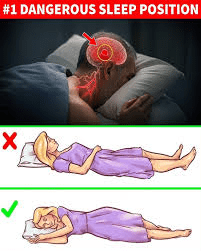
The Hidden Risks of Certain Sleep Positions
Not all positions are created equal. Some support health, while others quietly work against it. Seniors often fall into patterns that feel comfortable at first but strain the body over time.
- Sleeping on your back with your head too high: This may restrict airflow, encourage snoring, or worsen sleep apnea. Reduced oxygen can increase cardiovascular strain.
- Sleeping face down: Pressure on the neck and chest may restrict circulation and airflow.
- Sleeping on one side only: Long-term pressure on one side may reduce blood flow and even cause nerve compression.
But one position in particular has been linked to circulation problems that may raise stroke risk. Curious which one it is? We’ll reveal it soon, but first—let’s uncover the science of how sleep affects your body.
How Sleep Position Affects Blood Flow
Think of your blood vessels as highways. If you bend, compress, or block part of the road, traffic slows. The same applies to your body at night. Seniors with narrower arteries or existing circulation issues may be especially vulnerable.
Studies show that poor sleep posture can:
- Reduce oxygen supply to the brain.
- Increase blood pressure variability.
- Trigger irregular heart rhythms during sleep.
And when these occur night after night, the body may accumulate silent damage. Could simply adjusting your pillow or mattress reduce these risks?

The Position Experts Worry About
Here’s the moment of truth. Sleeping flat on your back with your head elevated at an awkward angle is often considered one of the riskiest for seniors prone to cardiovascular issues. Why? Because it may restrict airflow, worsen sleep apnea, and reduce oxygen saturation—all of which are tied to higher stroke risk.
Now, you might be thinking: But I’ve always slept this way, and I feel fine. That’s exactly what makes it tricky. The risks accumulate quietly, sometimes without obvious symptoms until it’s too late. Isn’t it better to make small changes now rather than face bigger challenges later?
7 Key Benefits of Safer Sleep Positions
Let’s flip the perspective and see what happens when you adopt healthier sleep postures.
1. Improved Blood Circulation
When your neck and spine are aligned, arteries remain open and free-flowing. This allows oxygen and nutrients to reach vital organs without restriction. Many seniors report feeling more refreshed and less foggy in the morning.
2. Reduced Stroke Risk
Better circulation reduces strain on the brain’s delicate vessels. Aligning your head properly can lower the chance of nighttime oxygen dips, a hidden risk factor. Doesn’t it feel empowering to know you can influence stroke risk in your own bedroom?
3. Better Breathing and Less Snoring
Elevating the upper body slightly—not just the head—may keep airways open. This helps reduce snoring and mild sleep apnea symptoms, giving both you and your partner more restful nights.
4. Relief from Acid Reflux
Many seniors struggle with nighttime heartburn. Sleeping on the left side can reduce reflux episodes by keeping stomach acid lower. Imagine waking without the bitter taste or chest discomfort that ruins your morning mood.
5. Spine and Joint Comfort
Supportive positions reduce strain on the lower back, hips, and shoulders. For seniors with arthritis, this can mean fewer aches upon waking. Small adjustments may translate into brighter mornings.

6. Lower Blood Pressure Swings
Consistent oxygen supply and better circulation may stabilize nighttime blood pressure. This gives your heart less to struggle with overnight. Isn’t it amazing how posture, something so simple, can ripple into heart health?
7. Enhanced Brain Health Long-Term
Some research suggests that side-sleeping improves the brain’s ability to clear waste through the glymphatic system. This may play a role in reducing dementia risk. Could one small shift protect not just your body, but your mind?
Stories That Inspire Change
Take Harold, 72. He always slept flat on his back and felt exhausted each morning. After switching to a side position with proper pillow support, his energy improved noticeably.
Or consider Linda, 68, who struggled with reflux at night. She learned to elevate her upper body slightly and saw her morning symptoms nearly vanish. Their stories remind us that sometimes the smallest adjustments bring the biggest relief.
Comparison of Sleep Positions
| Position | Potential Risk | Possible Benefit |
|---|---|---|
| Back, head too high | Airway restriction, apnea | Short-term comfort |
| Stomach (face down) | Neck strain, poor airflow | May reduce snoring for some |
| Side (left) | Less reflux, better airflow | May support brain waste clearance |
| Side (right) | More reflux, uneven strain | Comfort for some sleepers |
How to Adjust Safely
Changing sleep habits doesn’t happen overnight, but gradual adjustments make it easier.
- Use a supportive pillow that keeps your neck aligned.
- If elevating, raise the upper body—not just the head—with a wedge pillow.
- Place a pillow between your knees when side-sleeping to align hips and spine.
- Experiment for a week to notice improvements in energy and comfort.
Safety Checklist
| Action | Purpose | Reminder |
|---|---|---|
| Pillow alignment | Keep neck neutral | Avoid overly high pillows |
| Side sleeping trial | Support circulation, reflux | Start with left side if possible |
| Wedge elevation | Reduce snoring, apnea | Raise torso, not just the head |
| Monitor symptoms | Track changes in comfort | Discuss persistent issues with doctor |
Could It Be Time for a Change?
You’ve spent thousands of nights in familiar positions. But what if a small tweak could bring better mornings, calmer nights, and lower risks? The science suggests it might. Isn’t your health worth experimenting for a week or two?
Final Thoughts
Stroke risk rises naturally with age, but your sleep posture may quietly add to that risk—or reduce it. By aligning your body, supporting circulation, and keeping airways open, you give yourself an invisible advantage every single night.
So tonight, when you tuck yourself in, ask: Is my body in the safest, most supportive position? A small choice now could ripple into years of better health ahead.
P.S. Did you know your brain actually cleans itself while you sleep? Choosing the right position may make that natural “nightly cleanse” even more effective.
News in the same category
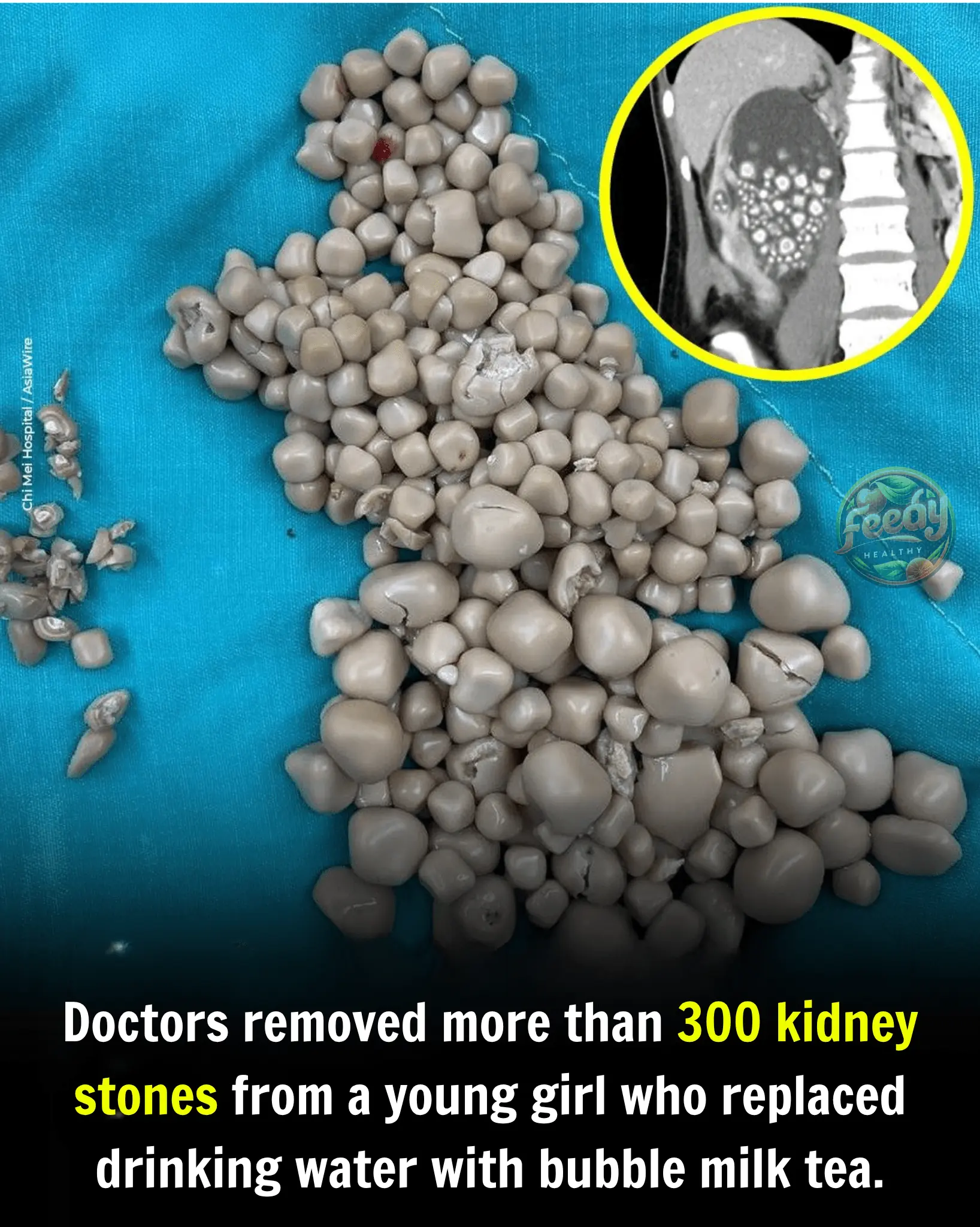
300 Kidney Stones Likely Caused by Drinking Bubble Milk Tea Instead of Water
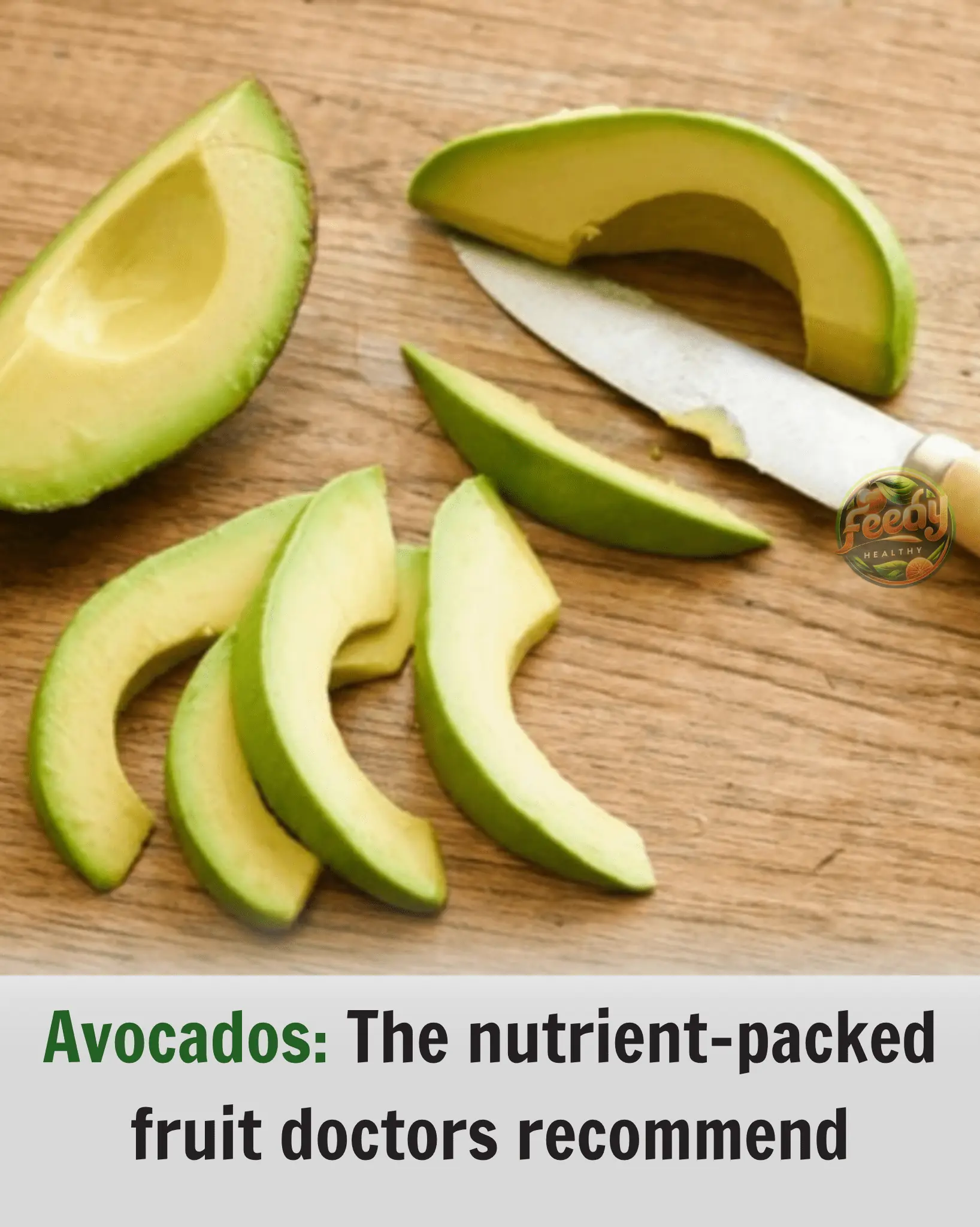
Avocados: The nutrient-packed fruit doctors recommend

Unveil Colgate’s Surprising Secret for Softer Feet

Science backs it up: 3 fruits that fight fatty liver, regulate sugar and cholesterol

Red, Itchy, and Sweaty Skin are the consequences of having s… See more

Red, Itchy, and Sweaty Skin are the consequences of having s… See more

Oropharyngeal Cancer: Not Just Caused by Smoking
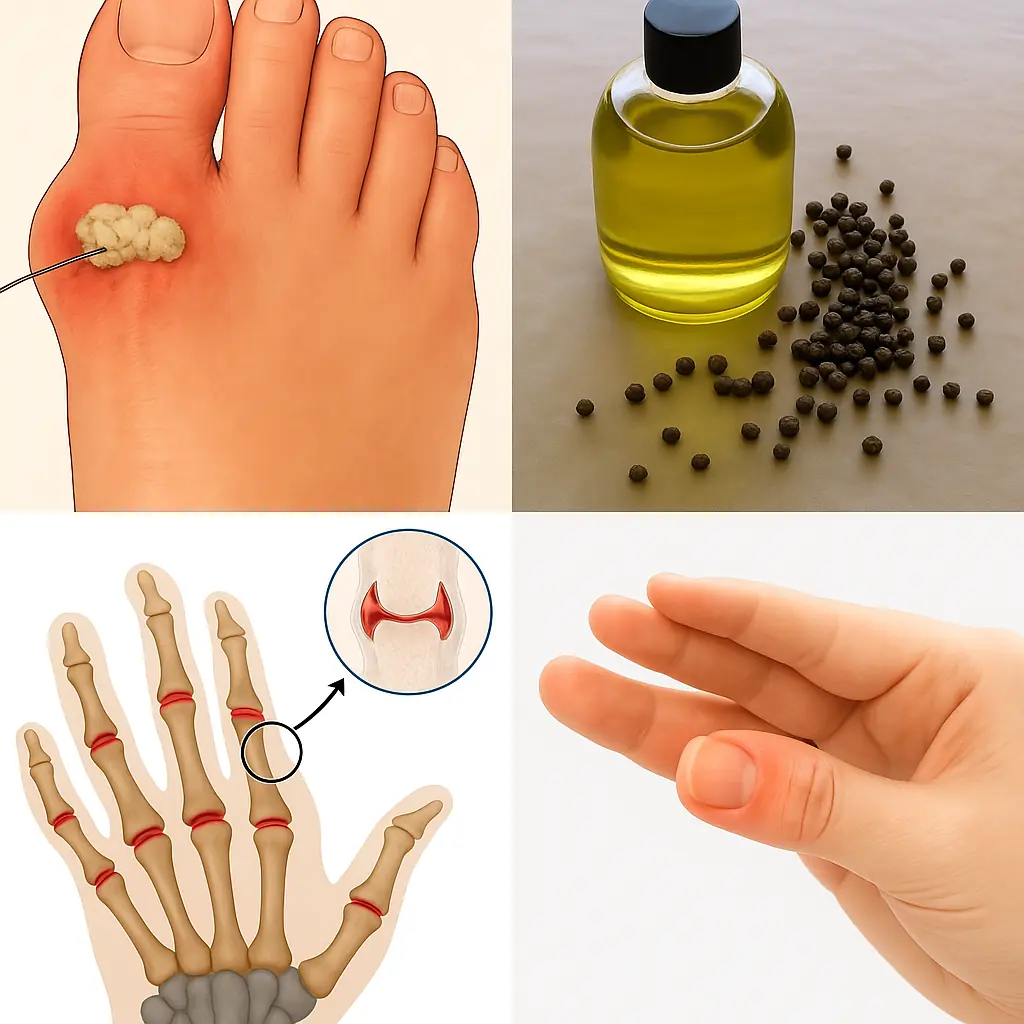
Black Pepper Oil: The Spicy Secret to Health and Smoking Cessation

The Health Benefits of Sleeping Naked: What Science Actually Says
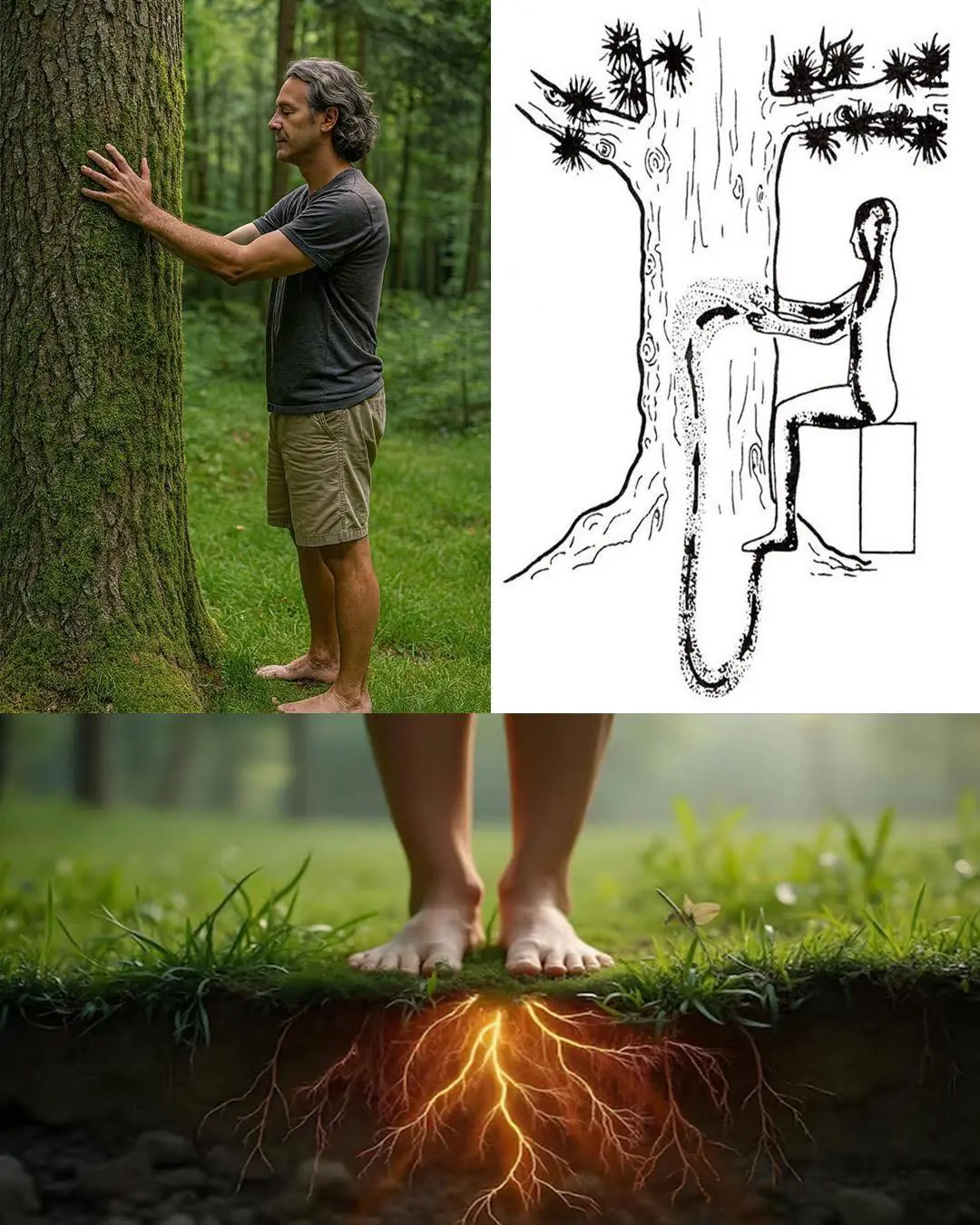
Grounding with Trees: How Barefoot Earthing and Tree Energy Can Restore Balance
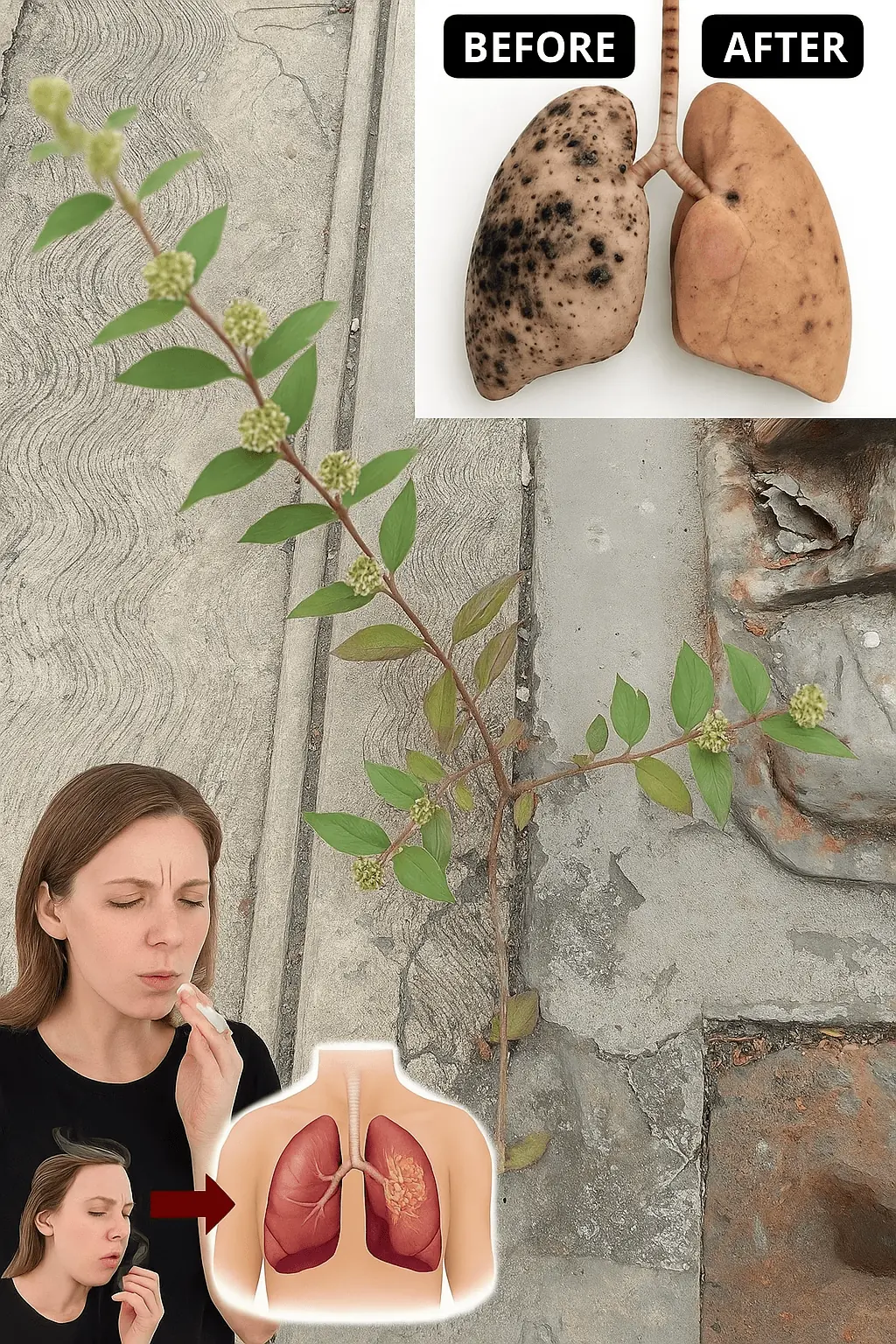
Benefits of Euphorbia Hirta
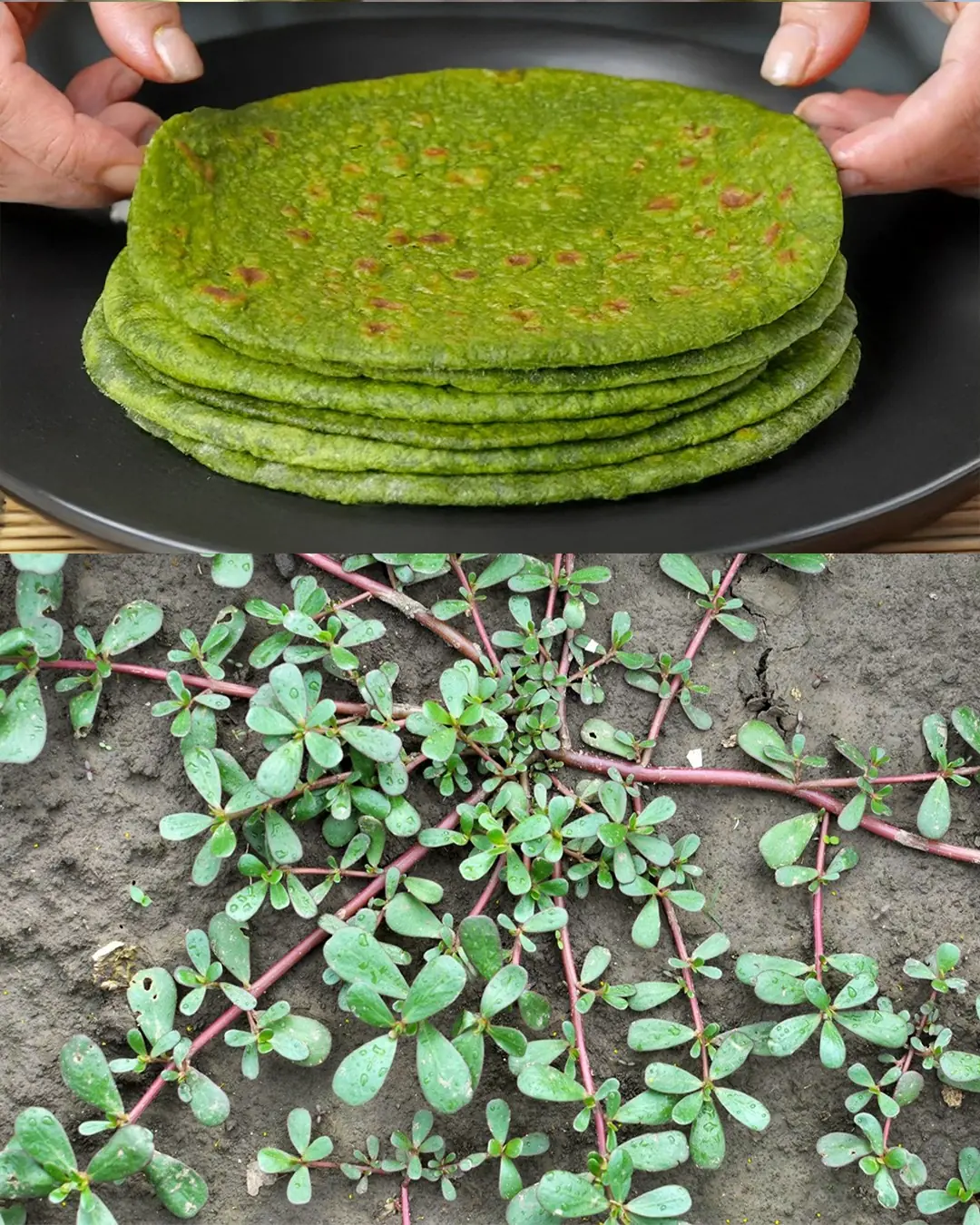
Why You Should Embrace Purslane in Your Garden: 8 Compelling Reasons

Man who vaped for 9 years issues terrifying warning after being hospitalized with “searing pain”

9 Warning Signs of Diabetes You Might Be Overlooking
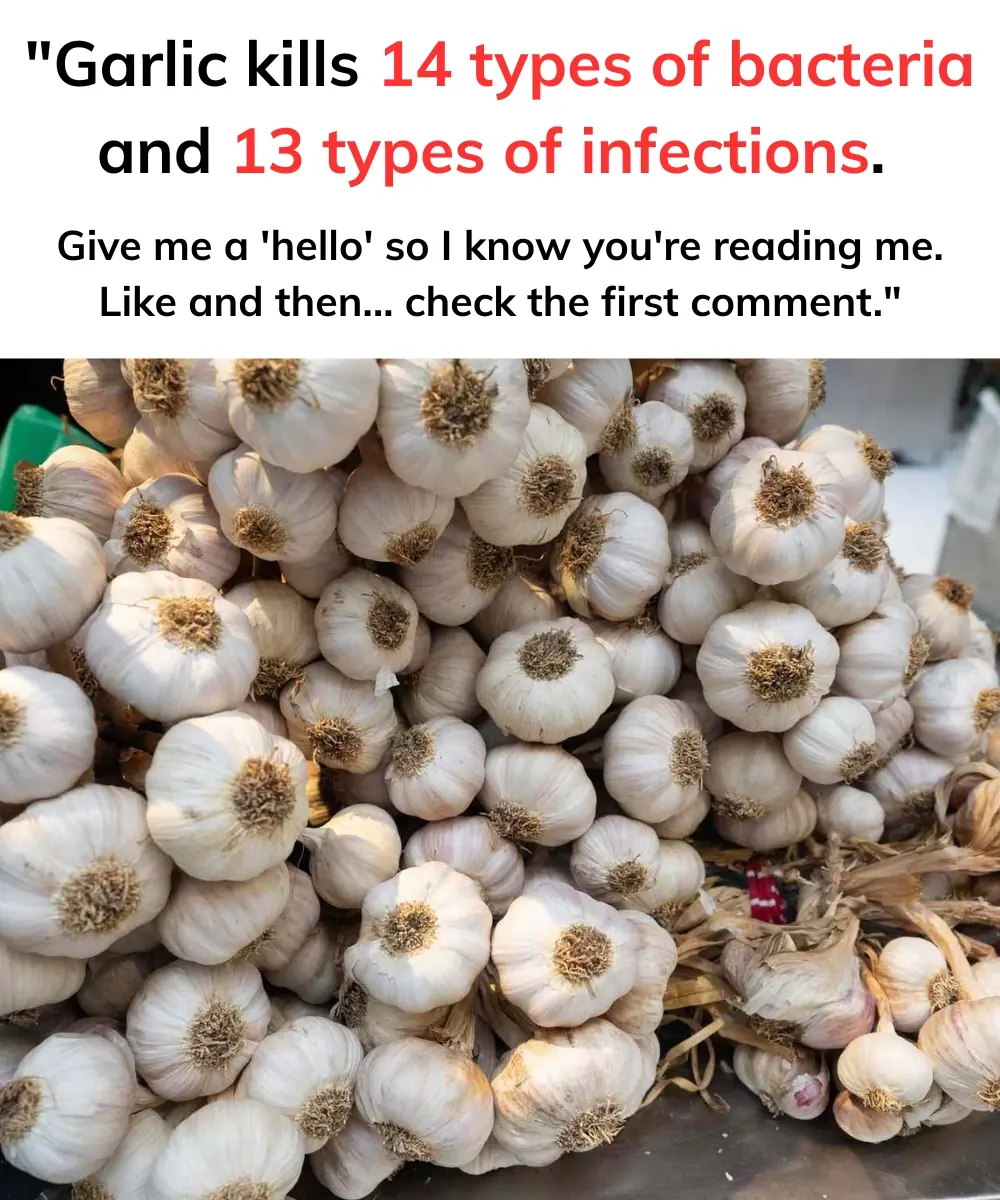
Garlic and Clove: Two Treasures for Your Health
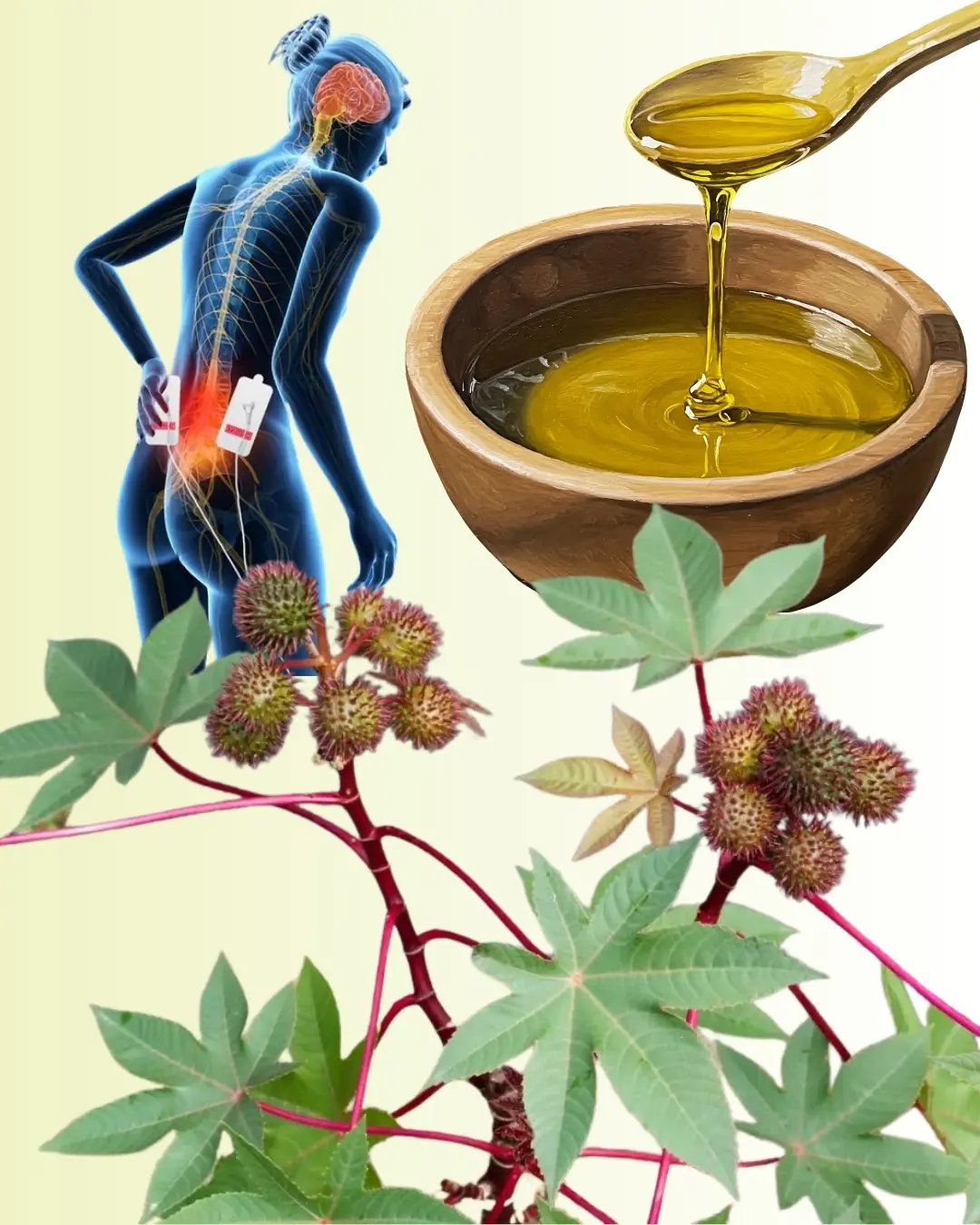
Discover the Hidden Gold in Your Garden: The Amazing Power of Castor Leaves

If You See Someone With Prominent Green Veins, Tell Them This – It Could Save Their Life
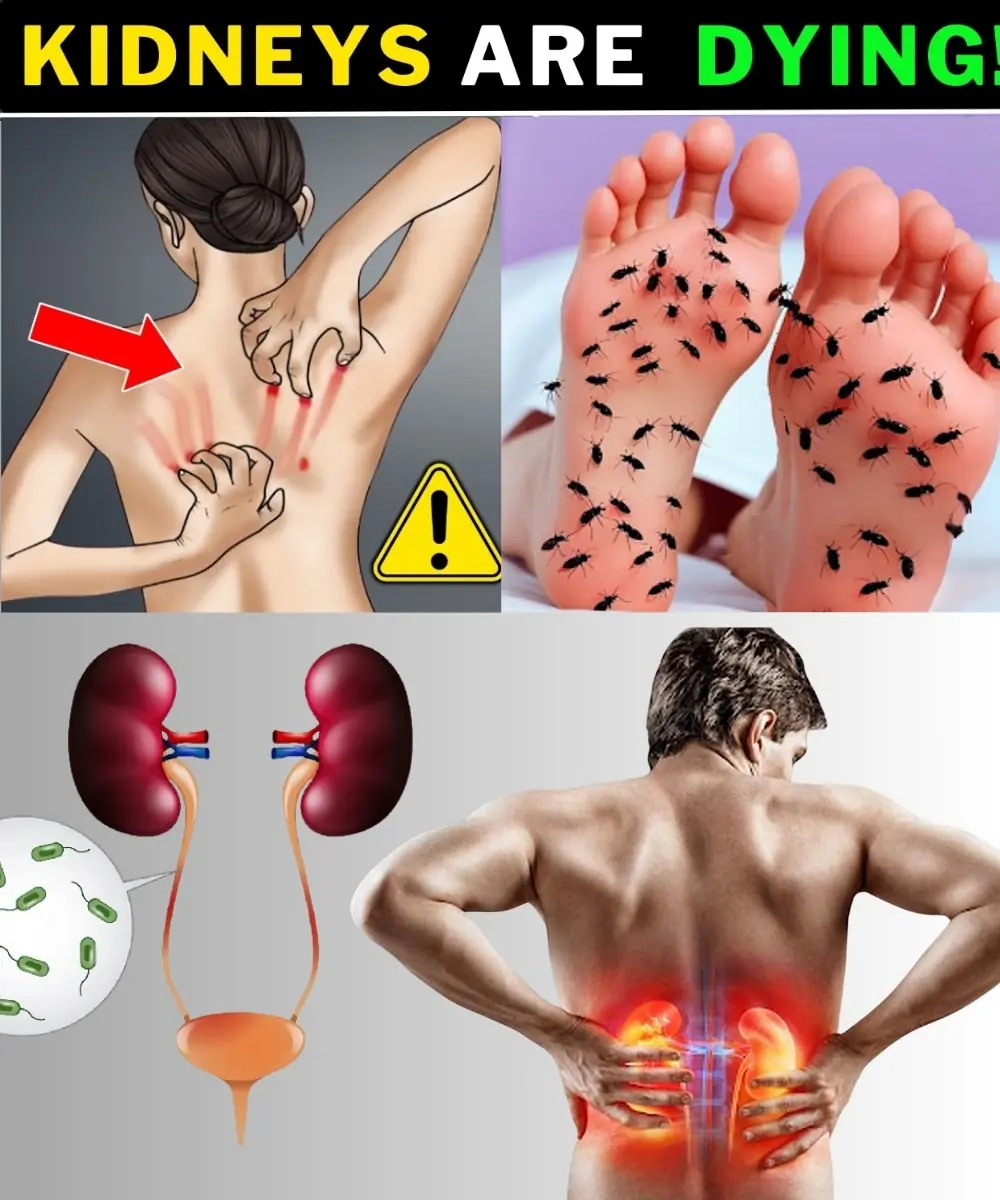
15 Deadly Kidney Signs You Must Catch Early
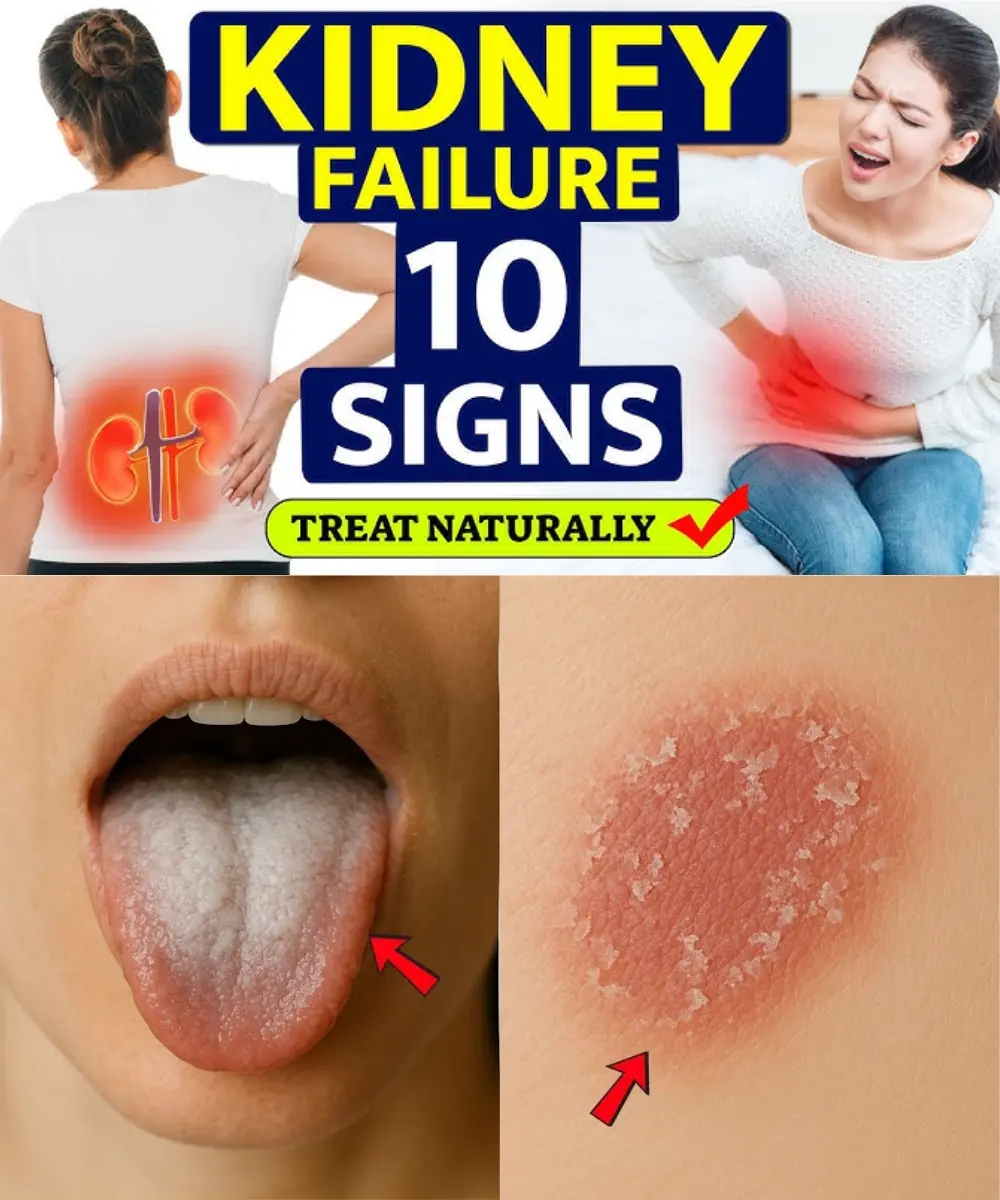
13 Early Signs of Kidney Failure (You Ignore Daily) | Symptoms of Kidney Failure
News Post

CRISPR Gene Editing Moves a Step Closer to an HIV Cure — But Scientists Urge Patience

Scientists Trace Rising Early-Onset Colon Cancer to DNA-Damaging Bacterial Toxin

Cinnamon and Honey: Natural Benefits Backed by Science
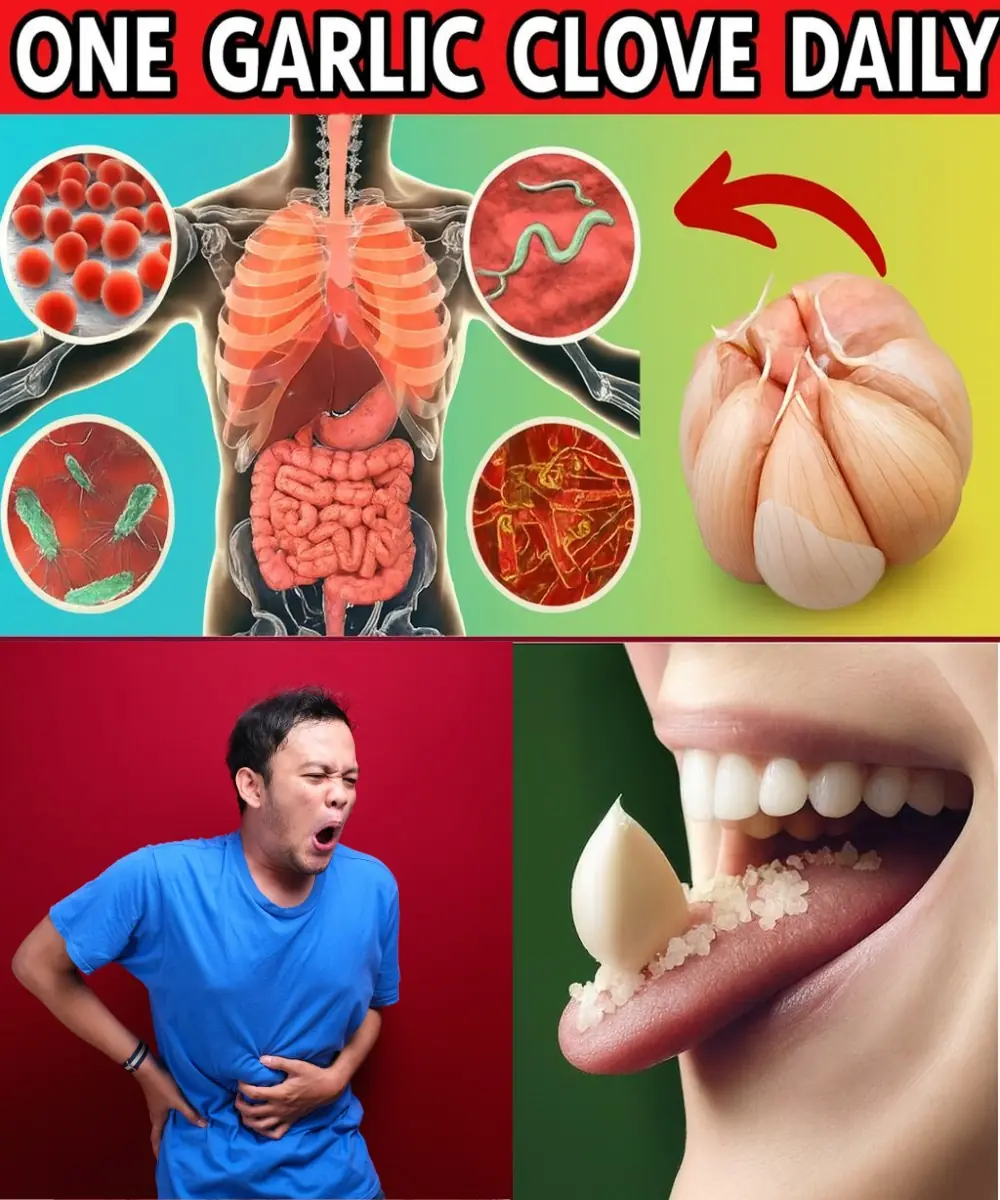
Why One Garlic Clove a Day Could Change Your Life Forever

Could Carrots and Tomatoes Be Your Secret to Looking 10 Years Younger After 70? Unveil the Glow!
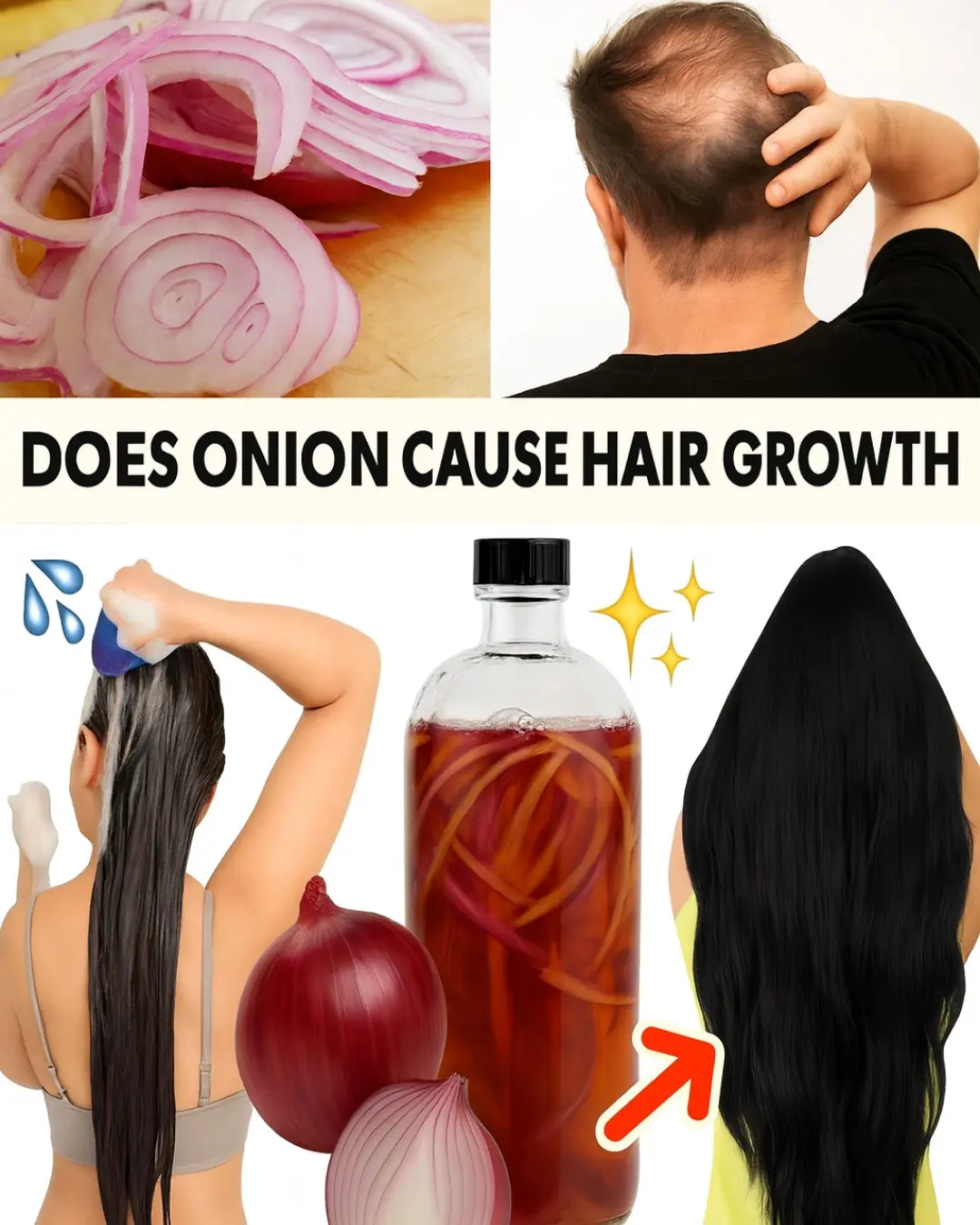
Unlock the Secret to Luscious, Thick Hair with Magical Onion Shampoo!
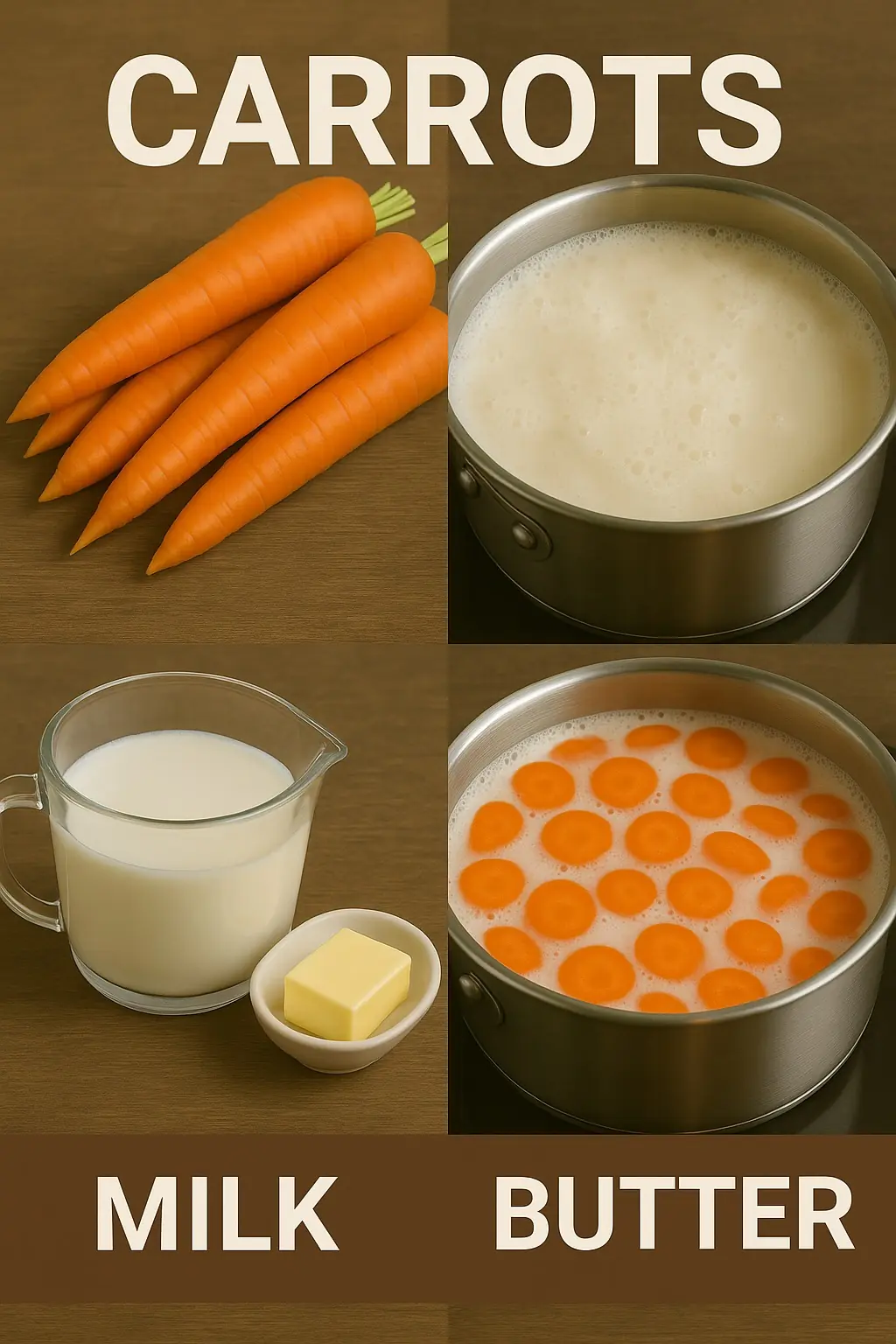
Carrot Milk: The Simple Homemade Drink for Health and Flavor
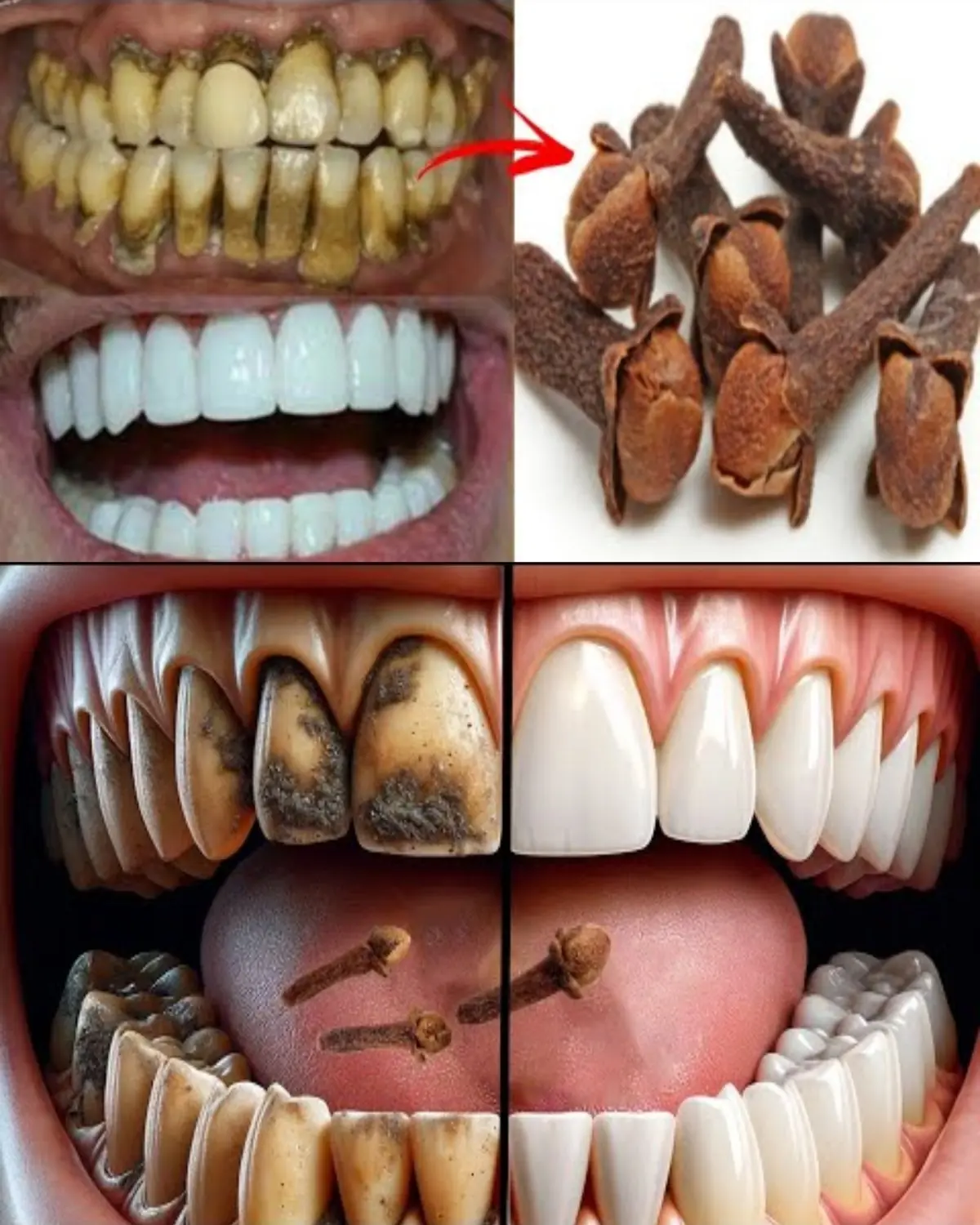
Clove Trick: From Stained Teeth to Sparkling White
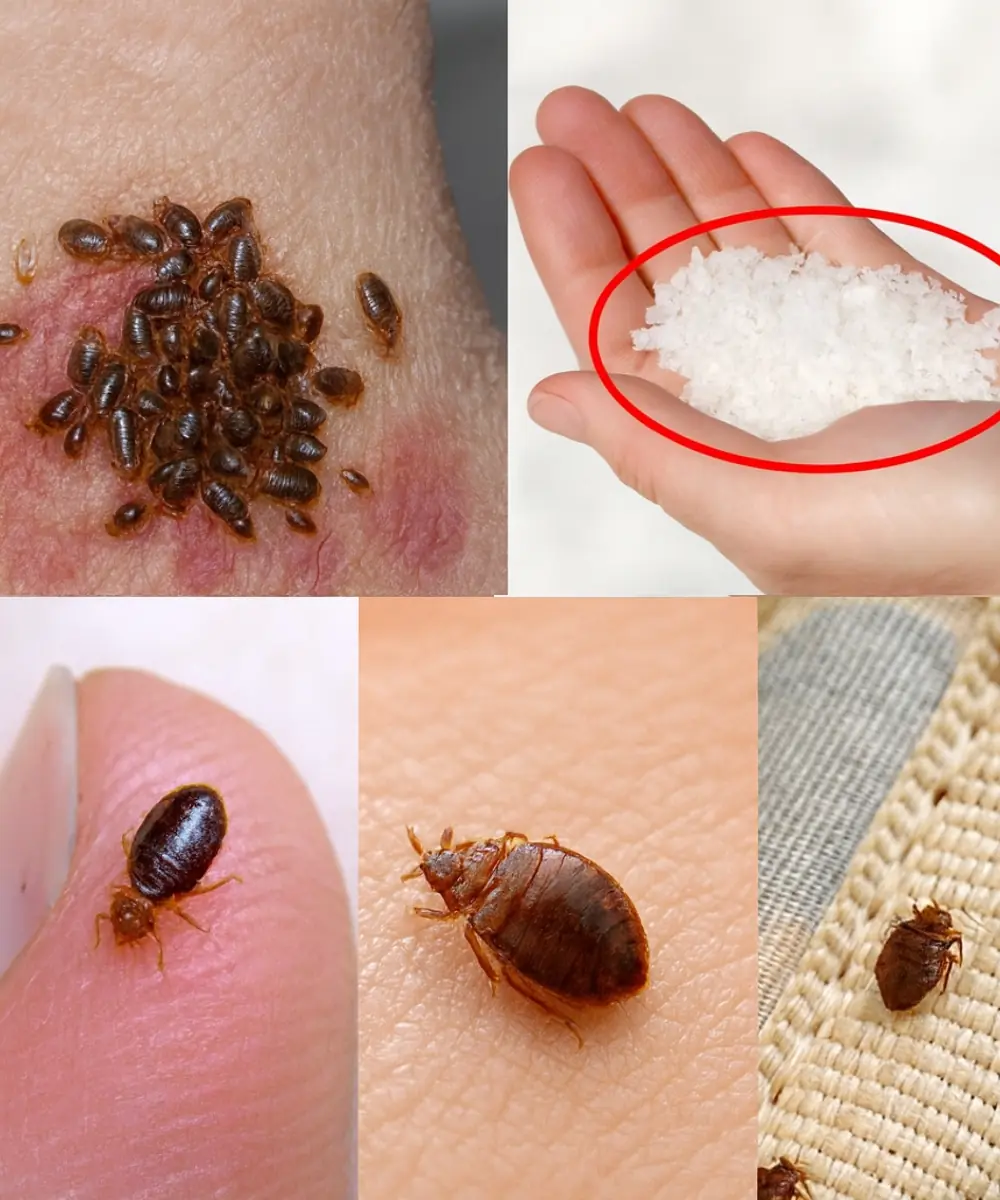
Bedbugs Will Disappear from Your Garden in Minutes by Doing This (Natural & Safe Tip!) 🌱✨
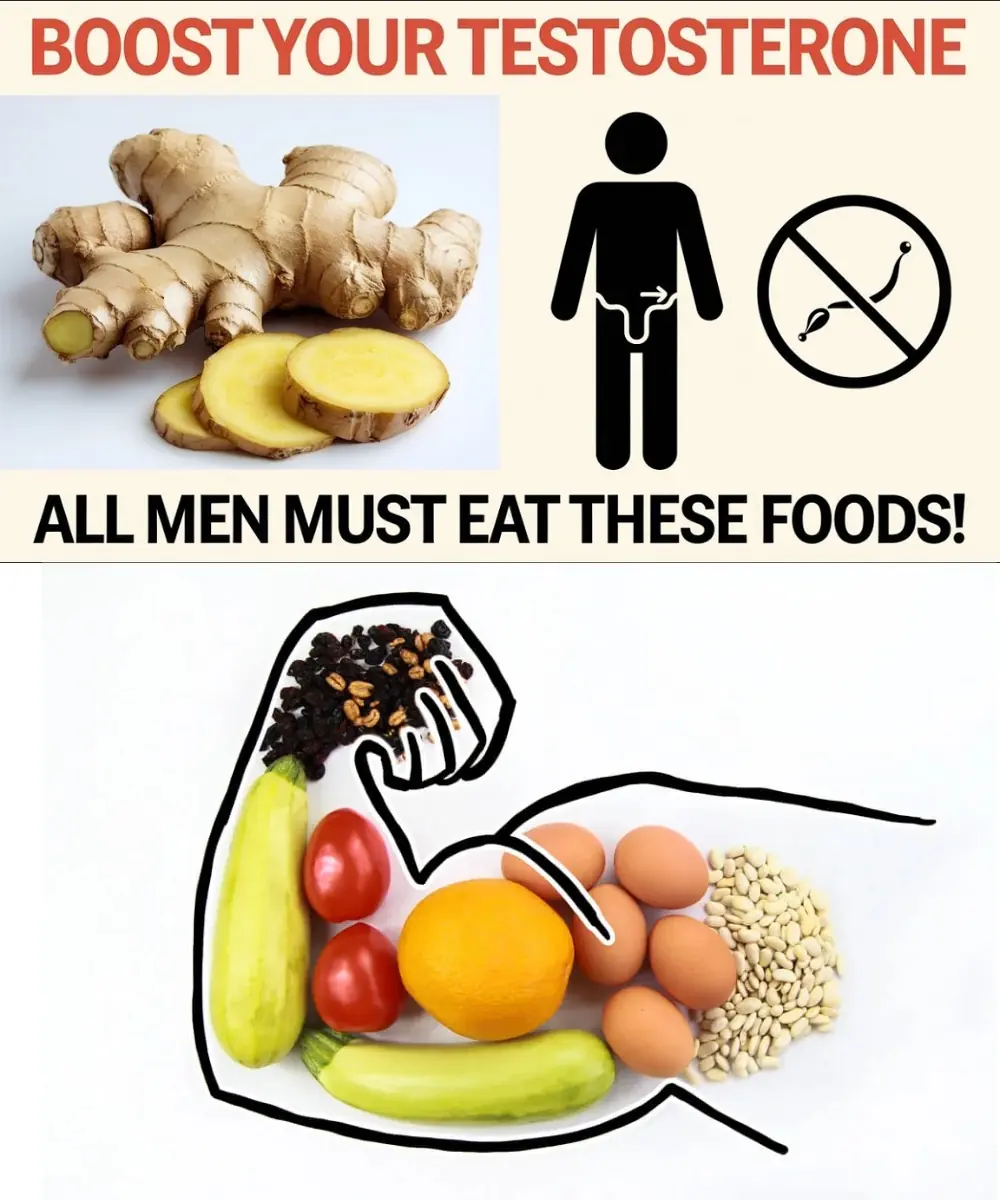
How to Increase Testosterone Naturally | 11 Testosterone-Boosting Foods Men NEED to Know About!
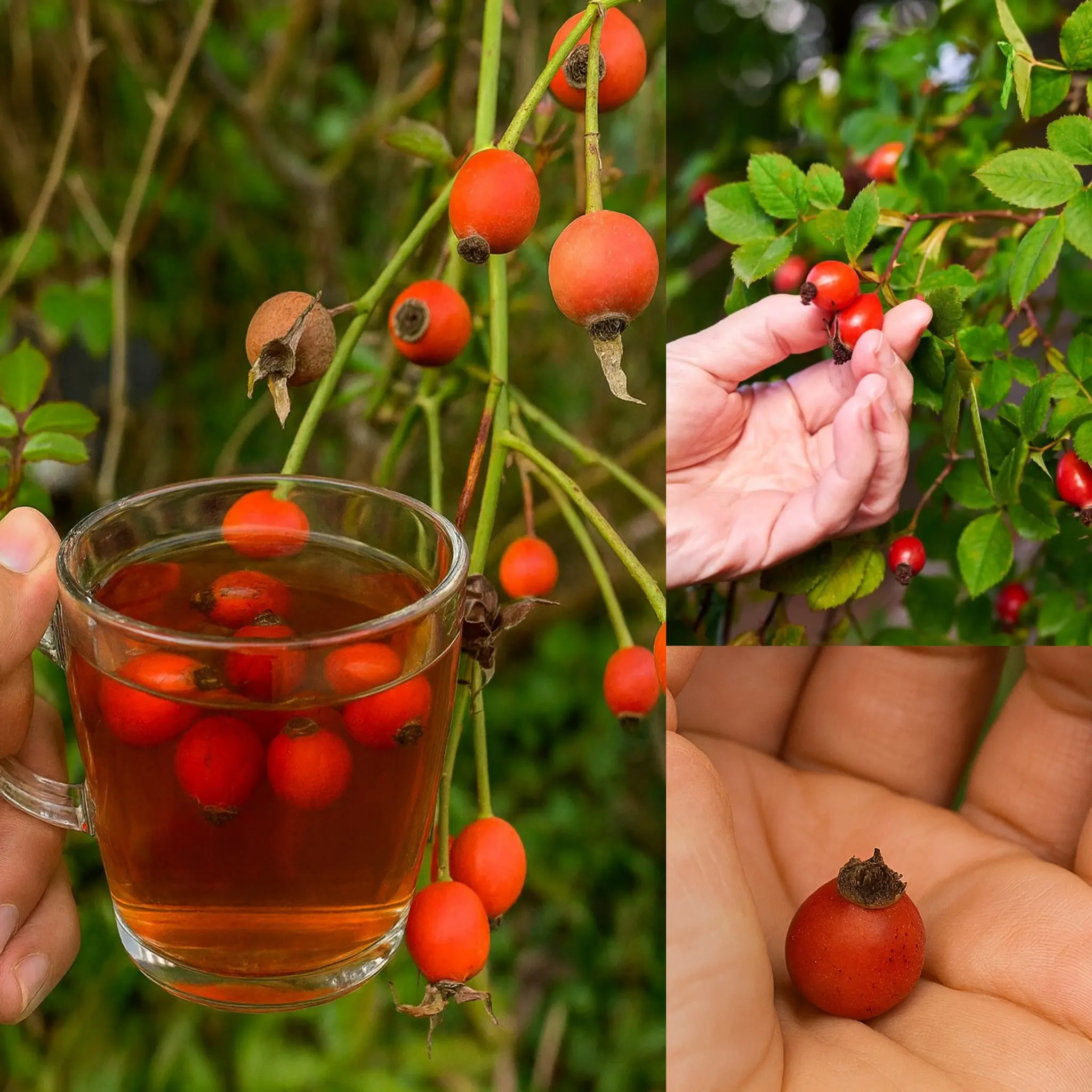
Unlock the Power of Rosa Canina: 10 Reasons to Embrace Wild Rosehips

Fennel Tea – A Complete Wellness Elixir for Women & Vision

Six Years of Patience Rewarded: Photographer Captures Rare Moon, Mountain, and Basilica Alignment Over Turin

Bear Caesar freed after years in cruel torture vest

Gym Bros, Monks, Retirees: Thousands Rush to Taiwan’s Guangfu to Clean Up After Devastating Flood

A critique of pure stupidity: understanding Trump 2.0

Today is National Tapioca Pudding Day (of course 😉)
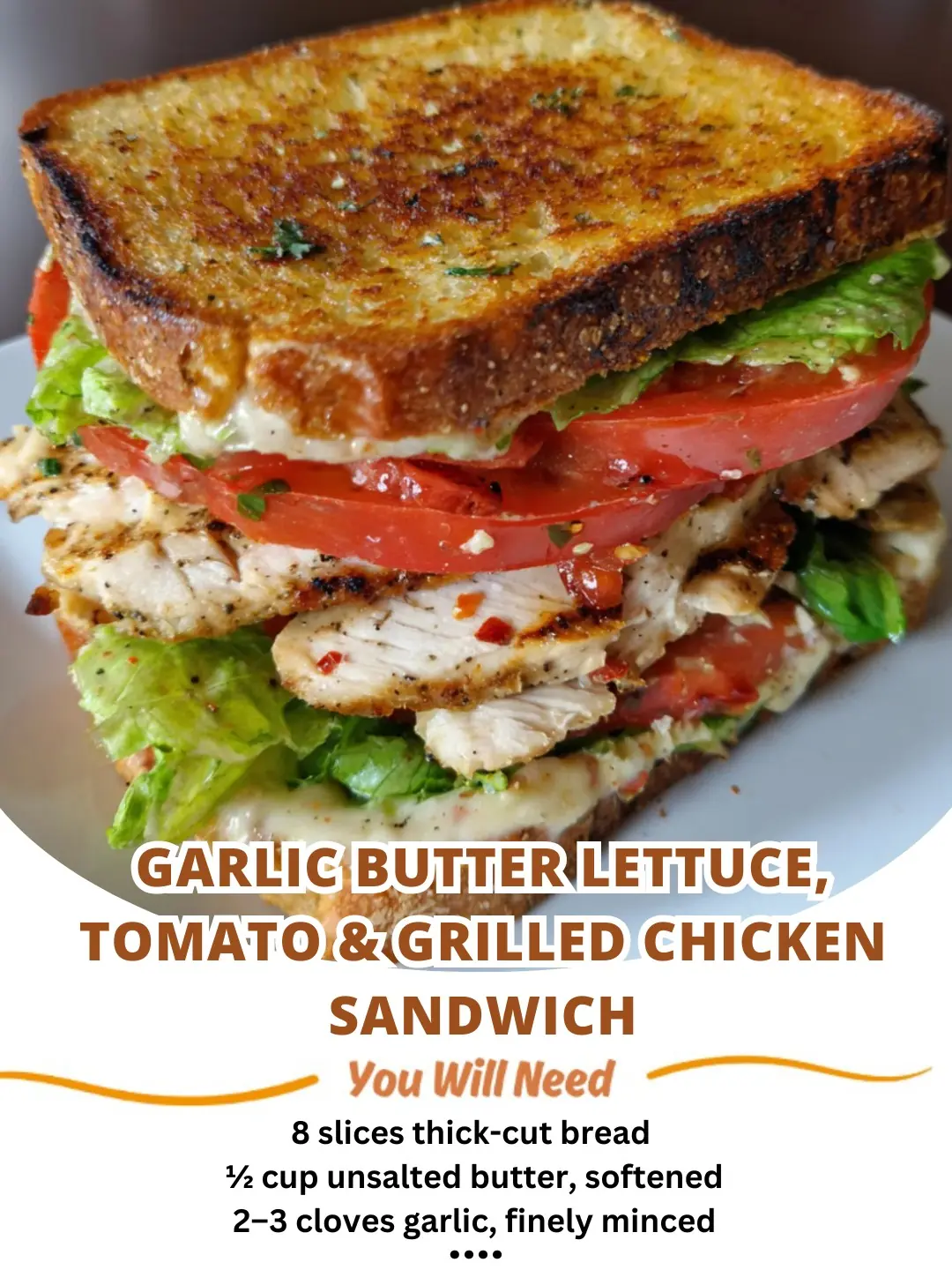
Garlic Butter Lettuce, Tomato & Grilled Chicken Sandwich
